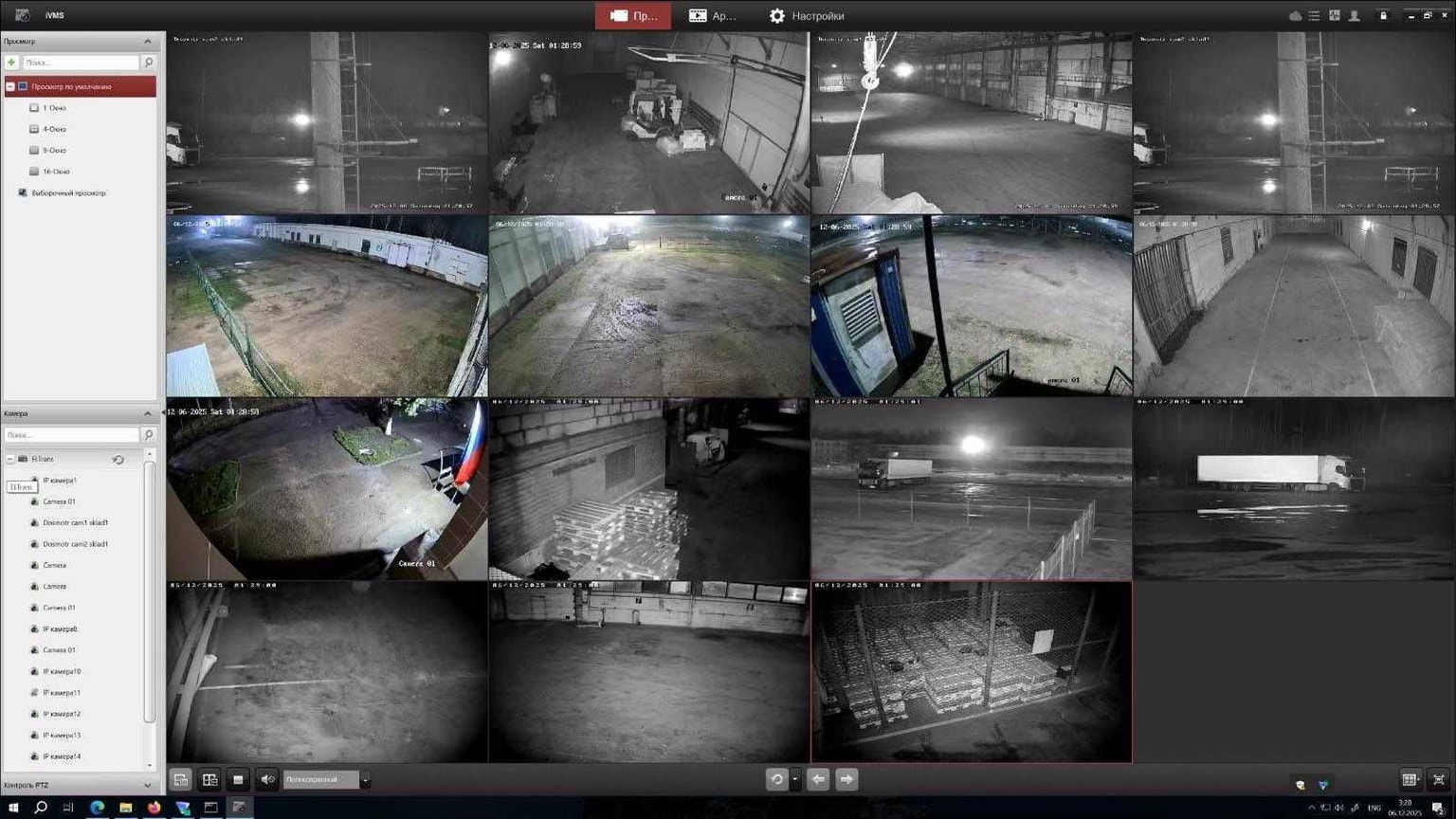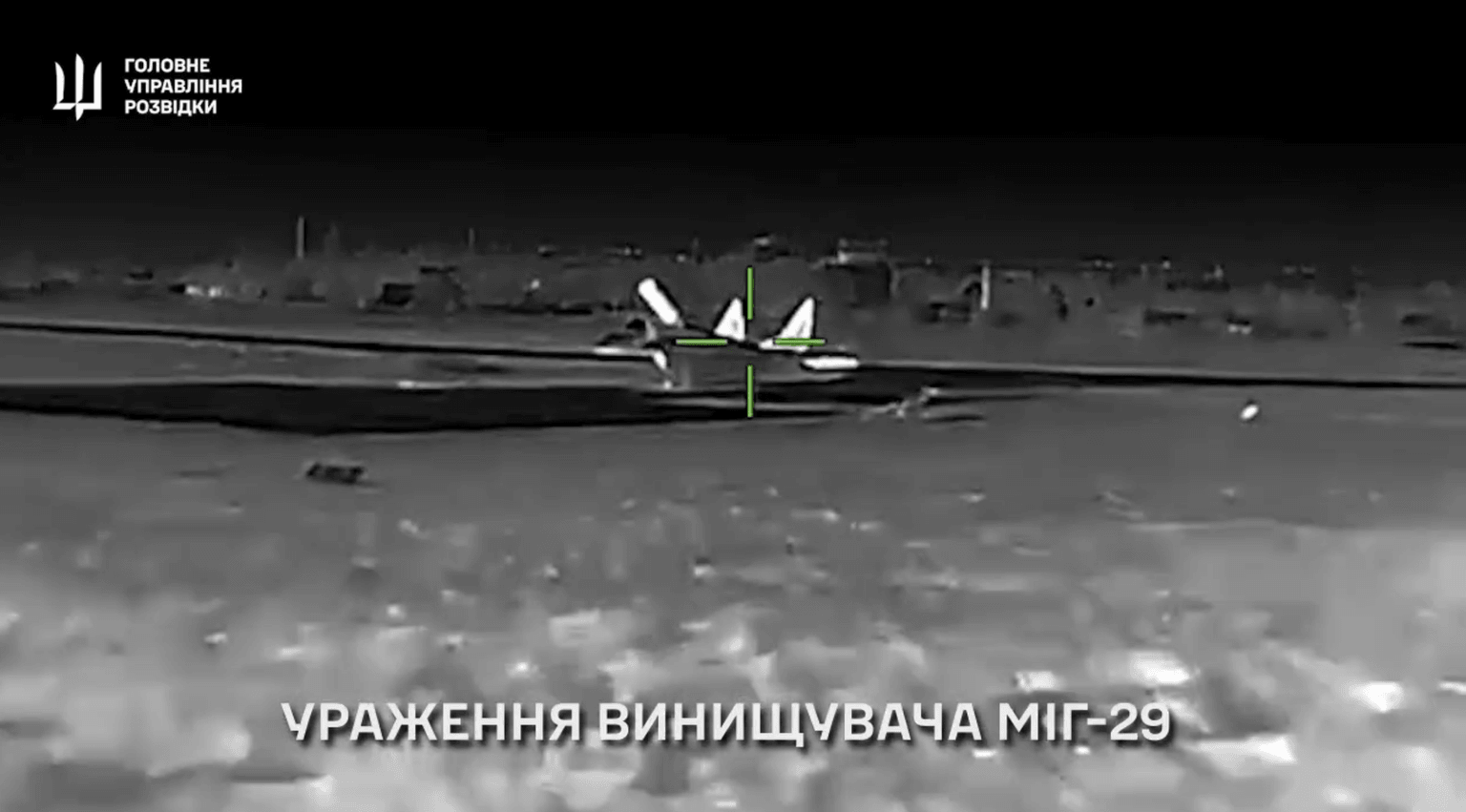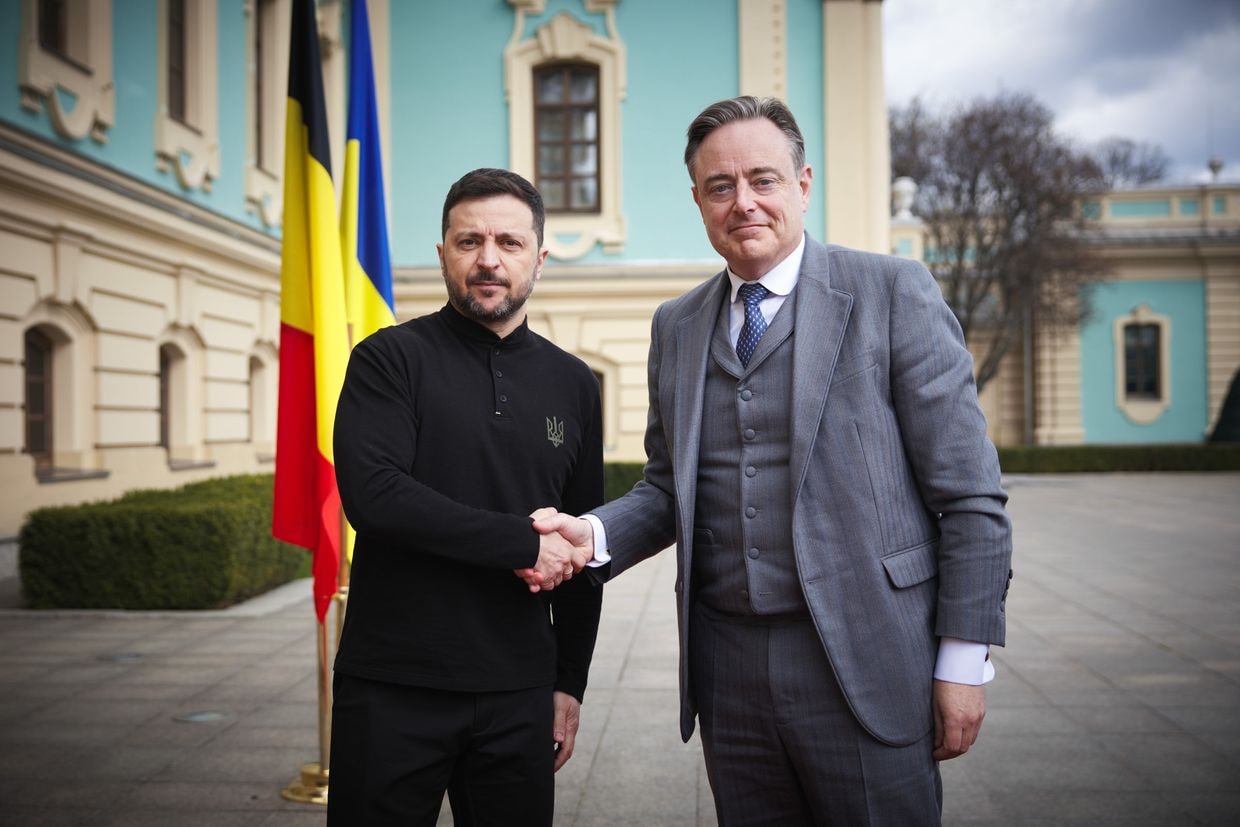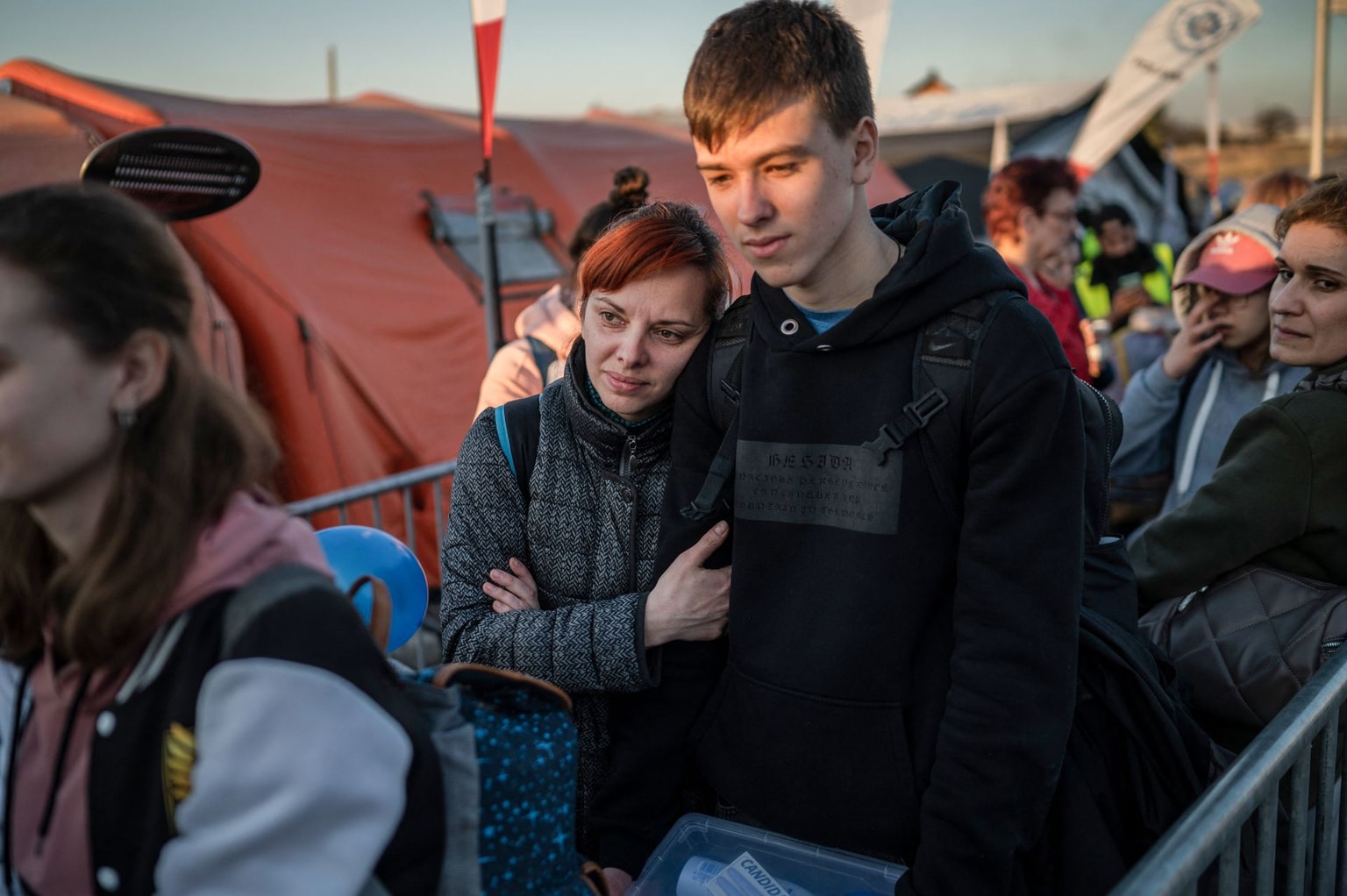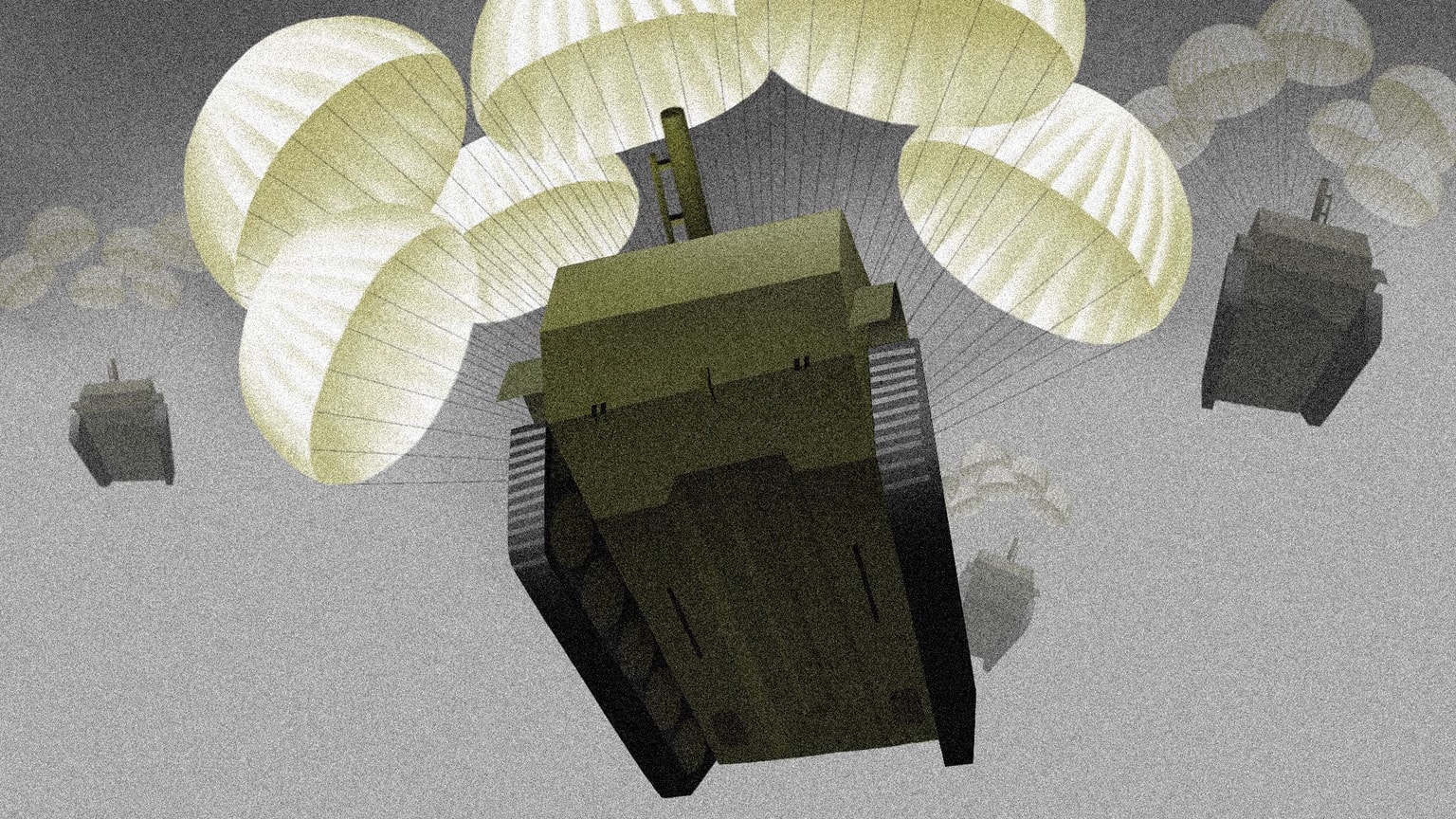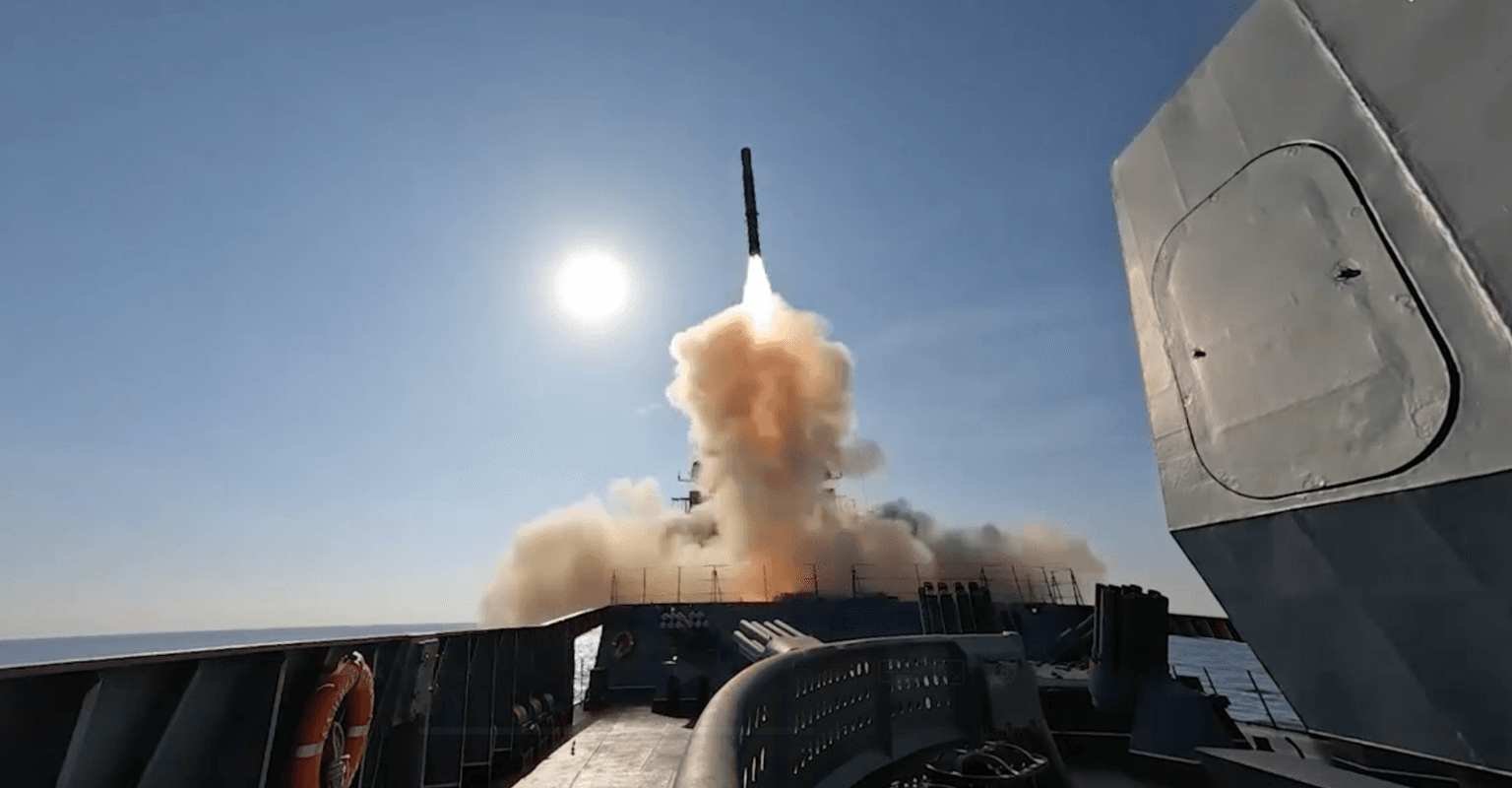
From Poseidon to Kinzhal: Why Russia’s ‘super weapons’ may matter less than the Kremlin claims
An alleged launch of a Zirkon missile in a video published by Russia’s Defense Ministry on Dec. 3, 2024. (Russian Ministry of Defense / Telegram)
For the first time in years, the Kremlin has officially claimed to have tested one of its so-called "super weapons" — the nuclear-powered Burevestnik cruise missile — one of six "next-generation" strategic arms introduced by Russian President Vladimir Putin in 2018 that he said were designed to restore Russia’s nuclear deterrence capability.
Taken together, the systems offered new ways to deliver nuclear strikes from land, air and sea, along with a laser platform: the Sarmat intercontinental ballistic missile, the Kinzhal air-launched hypersonic missile, the Avangard hypersonic glide vehicle, the Peresvet laser system, the Poseidon nuclear-powered underwater drone, and the Burevestnik nuclear-powered cruise missile.
However, with Russia’s war effort in Ukraine largely stalled, and international support for Kyiv still holding, experts say the real goal of these announcements is primarily political.
"Putin’s recent trotting out of these weapon systems is a cognitive warfare effort," George Barros of the Institute for the Study of War, told the Kyiv Independent.
"It’s designed to evoke emotional responses… primarily fear — to shape Western countries’ decision-making vis-a-vis Russia and Ukraine, and create intellectual priors that Russians can then exploit in the future."
Poseidon and Burevestnik
Two of these systems — Poseidon and Burevestnik — have recently returned to the spotlight.
At a formal Kremlin ceremony on Nov. 4, Putin awarded the scientists behind both projects and declared, "All our plans are being fulfilled," announcing the deployment readiness of the two weapons.
Both Burevestnik and Poseidon are nuclear-powered and not intended for battlefield use, but rather to serve as tools of nuclear deterrence. Both promise unlimited range and are designed to bypass Western missile defenses.
Still, Western defense analysts note, there is little independently verified information about the true operational status of either weapon. Most of what is known comes from Russian political messaging.
According to Pavel Podvig, a Geneva-based nuclear arms expert and director of the Russian Nuclear Forces research project, Burevestnik functions like a regular cruise missile, but with a critical difference: it’s reportedly powered by a miniature nuclear reactor.
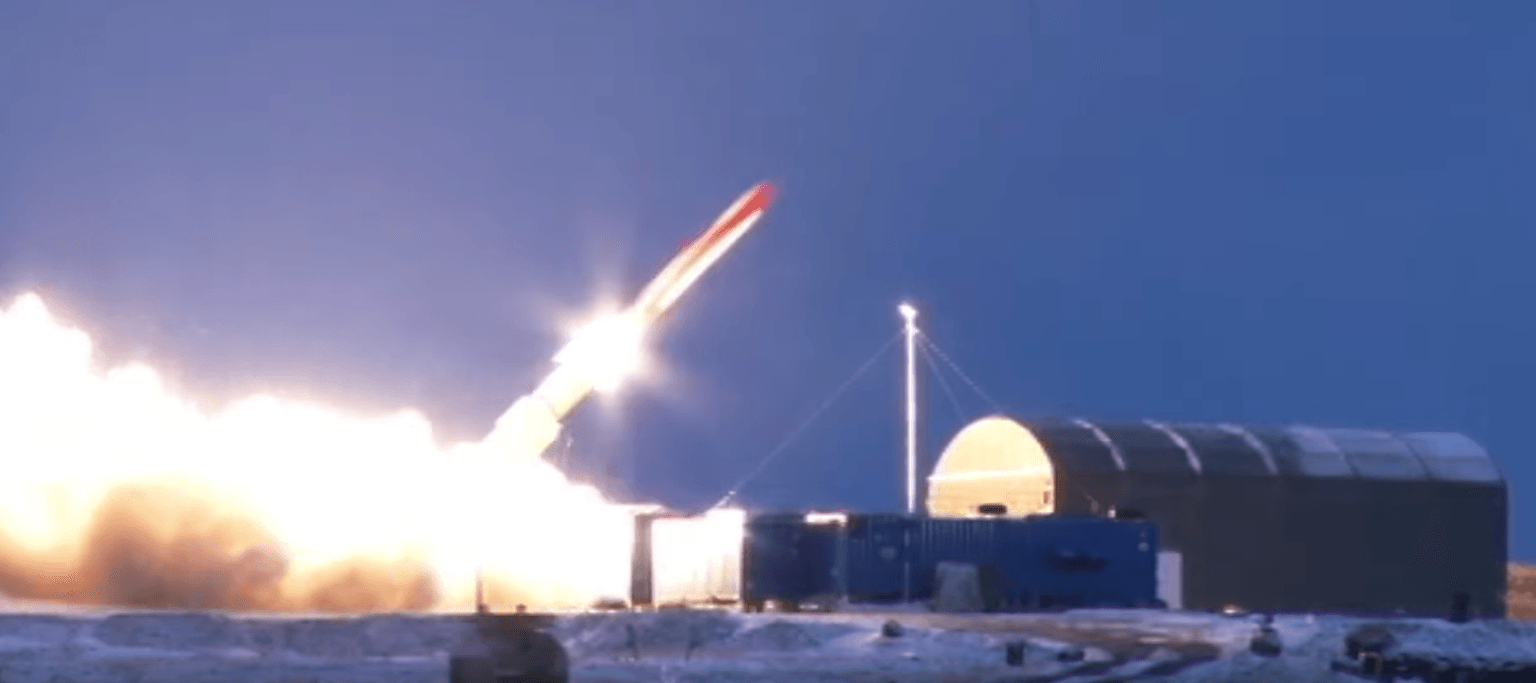
This allows it to fly low and slow for thousands of kilometers, evading radar and missile defense systems. Moscow said the missile flew 14,000 kilometers (8,699 miles) over 15 hours. Theoretically, it could stay in the air for hours, circling the globe. But Podvig is skeptical about its practicality.
"Cruise missiles can be intercepted. If it’s subsonic and flying for 10 or 15 hours, you have time to detect it," he said in a recent interview with the Kyiv Independent.
While technically unique, Podvig argues that the military value of such a system is low, which may explain why no other country has tried to build anything like it.
"That's largely because the military utility of a system like that is really not very high," he said.

Poseidon, by contrast, operates underwater. It’s an autonomous nuclear-powered drone, designed to be launched from submarines like the Belgorod, part of a secretive division of Russia’s Navy.
“It’s basically a long-range underwater drone. It can travel at high speed — around 100 km/h (62 miles per hour) — and deliver a nuclear payload near coastal targets, potentially triggering tsunamis or radioactive contamination,” Dmitry Gorenburg of the nonprofit research group Center for Naval Analyses (CNA), told the Kyiv Independent.
But, like Burevestnik, Poseidon’s actual capabilities remain unclear. Gorenburg says that while it may be harder to detect than manned submarines, it is not undetectable.
"It’s subject to the same limitations as other underwater systems. It’s not silent or invisible," he said.
What unites both systems is also what makes them controversial: they are heavily politicized, ambitious, and militarily questionable. Both experts agree that they exist primarily as political messages.
"These weapons were introduced to show that Russia could still retaliate," Podvig said.
What’s the status of the other four weapons?
Among the six weapons, Zircon and Kinzhal are the only ones that have been confirmed to have been used in combat, both in the context of Russia’s full-scale invasion of Ukraine. Neither has been used with nuclear warheads.
Dmitry Gorenburg said the Zircon missile fits into a broader, global evolution of missile technology.

"Zircon is a hypersonic missile — the next iteration of cruise missile technology. It’s not something uniquely Russian. The U.S. and China are working on similar systems. It’s a much more practical kind of weapon," he said.
The Kinzhal, an air-launched ballistic missile, has been used repeatedly against Ukraine since 2023. Despite initial claims from Russia that the missile was "impossible to intercept," Ukraine has proven otherwise. Both Zircon and Kinzhal have been successfully shot down.
In November 2025, a rare, possibly the first, video surfaced on X, published by military media Status-6, showing the actual launch of a Kinzhal missile from a MiG-31, filmed from the cockpit of the launch aircraft itself. The footage offers rare visual confirmation of one of Russia’s most promoted systems.
Very rare, if not first, footage of the moment of the launch of a Russian 9-S-7760 Kinzhal ballistic missile from the MiG-31I carrier as seen from the cockpit of the launch platform. pic.twitter.com/MuLokxJIyL
— Status-6 (Military & Conflict News) (@Archer83Able) November 11, 2025
The remaining two — Avangard and Sarmat — are strategic nuclear delivery systems and have no role in Russia’s war against Ukraine, according to experts.
"These are weapons designed to inflict damage to the United States in a full-scale nuclear war," said Ankit Panda, Stanton Senior Fellow in the Nuclear Policy Program at the Carnegie Endowment for International Peace.
According to Panda, Sarmat is a new-generation intercontinental ballistic missile (ICBM), capable of carrying multiple nuclear warheads.
"And Avangard is a hypersonic glide vehicle that's primarily designed to evade and stress U.S. missile defense capabilities. And that's actually a common theme with a lot of these capabilities," Panda said.
The threat to the world
According to experts, the primary value of these weapons now lies in pressuring the West to reconsider its support for Ukraine by provoking fears of escalation.
"Russia’s warfighting capability is limited. It’s not capable of winning the war in Ukraine, assuming the international coalition supporting Ukraine remains strong. So Putin depends on us taking ourselves out of the supporting role by worrying about escalation, risks, and nuclear fears," George Barros said.
From a broader strategic perspective, Barros argues that these weapons do not fundamentally change the logic of nuclear deterrence since the Cold War.
The doctrine of mutual assured destruction and the fear of guaranteed retaliation continue to deter major powers from launching a nuclear first strike.
"If deterrence no longer works, then we have much bigger problems than anything Russia could do in Ukraine," Barros said.

The threat to Ukraine
While a large-scale nuclear strike remains highly unlikely, experts say the more realistic concern lies in the potential use of tactical nuclear weapons.
"The real concern is that conditions on the ground between Ukraine and Russia, or between NATO and Russia, could lead to a place where we actually see the first use of so-called non-strategic or tactical nuclear weapons," said Ankit Panda.
The only system relevant to such a scenario is the Kinzhal, a dual-capable missile that can carry both conventional and nuclear warheads. But even in a limited use, there are high risks of escalation.
"The tactical nuclear strike would kick off a series of events that results in escalation to a strategic nuclear war," Panda said.



